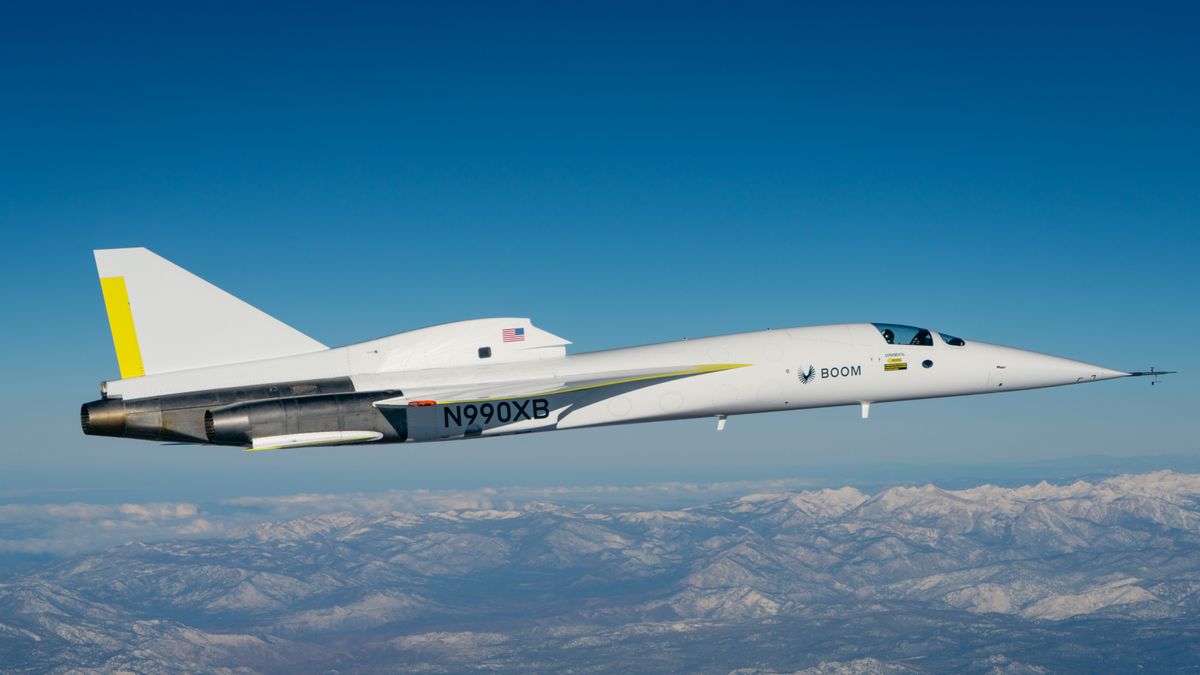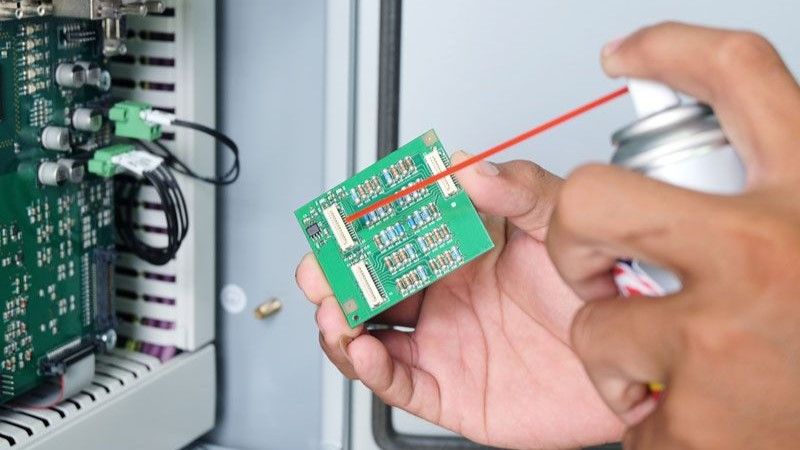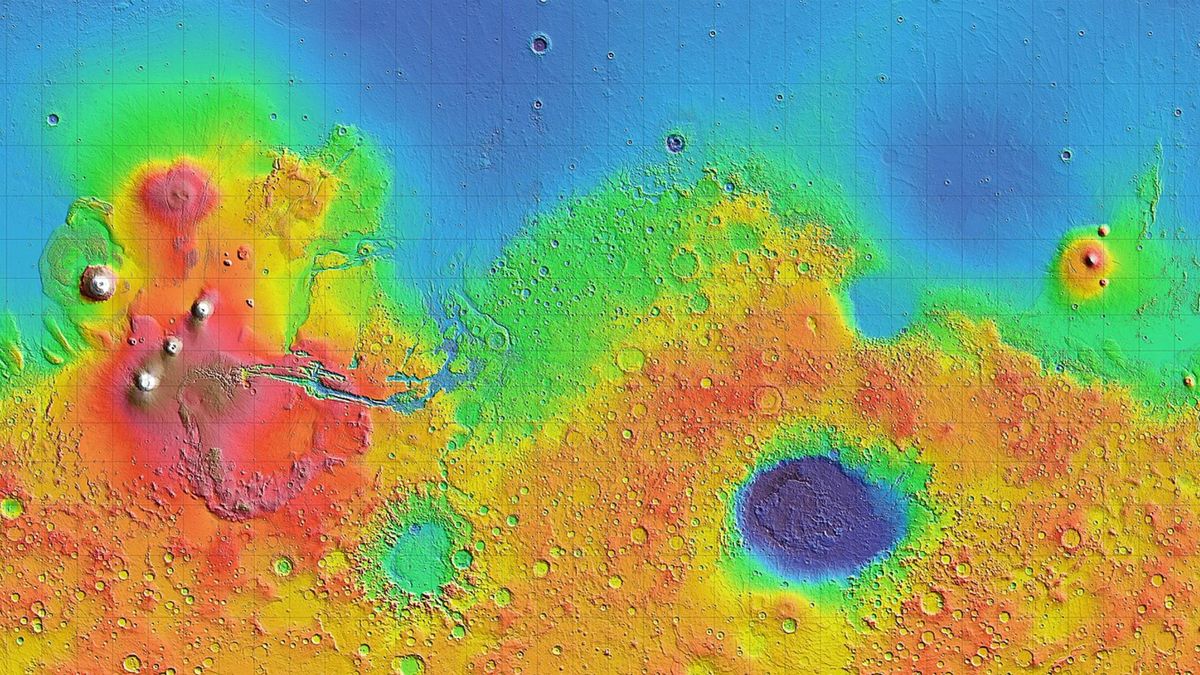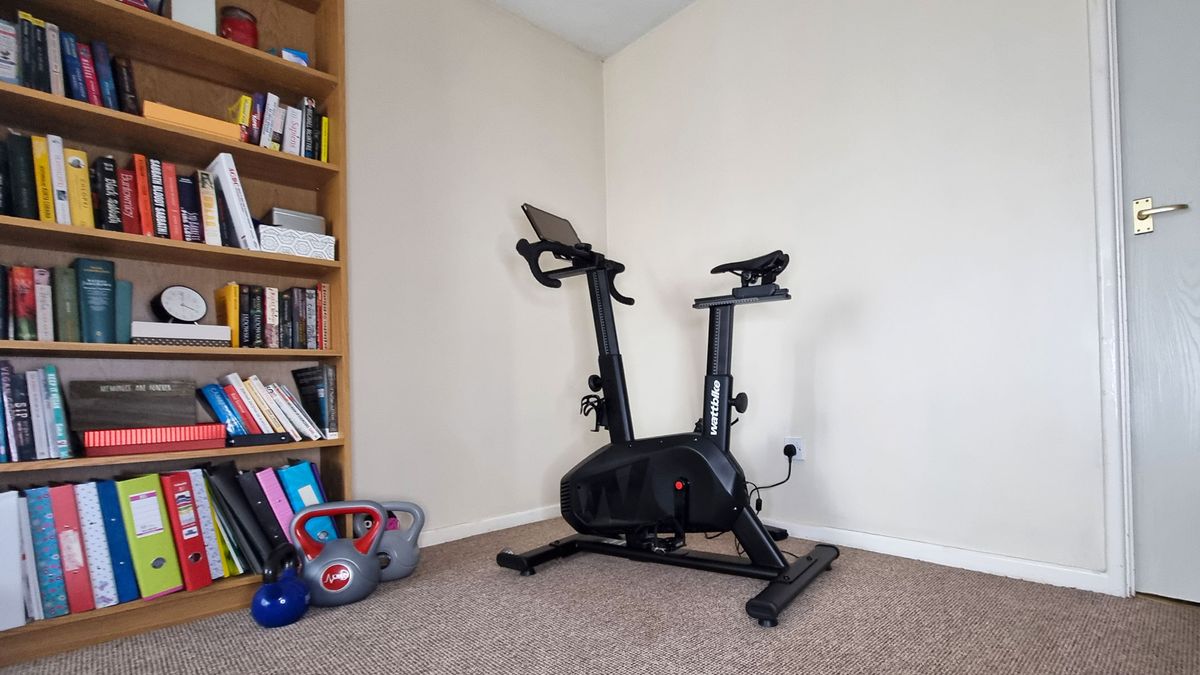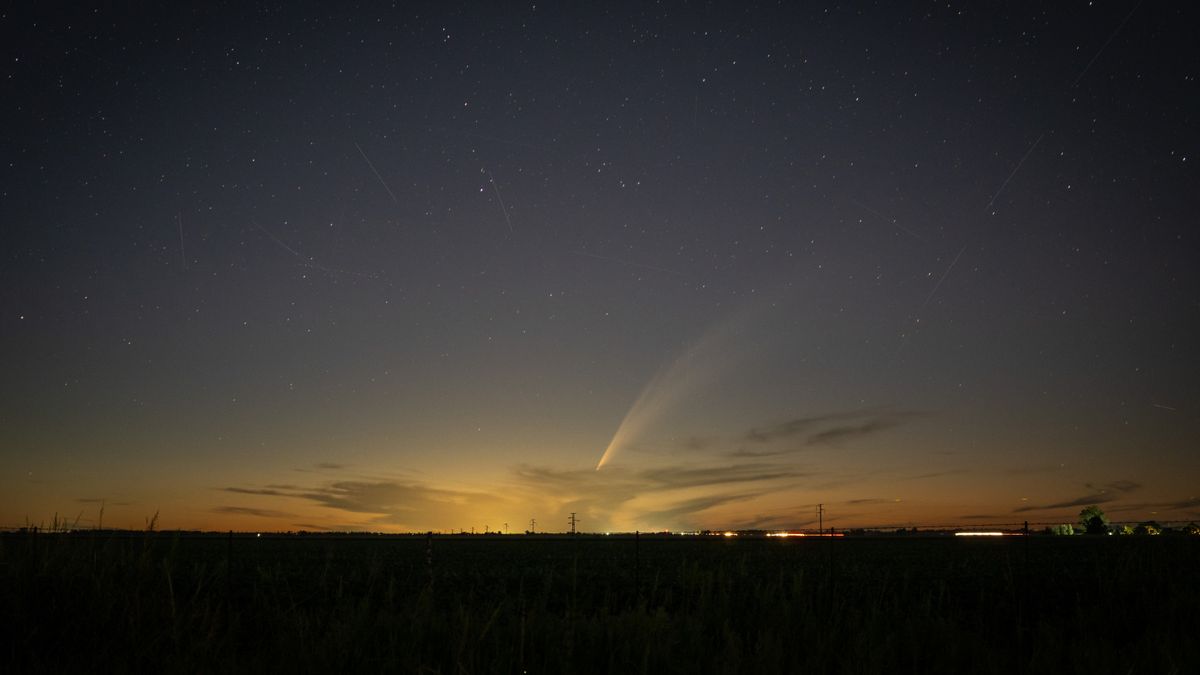The unofficial successor to Concorde is one step closer to reality after Boom Supersonic marked the 11th successful test flight of its XB-1 supersonic demonstrator aircraft.
On Jan. 10, the XB-1 completed a sustained flight at 728 mph (1,172 km/h) — equivalent to Mach 0.95, which is just shy of the speed of sound.
The test was conducted at a height of 29,481 feet (8,986 meters); while the aircraft flew at this speed in its 10th test, that test was at a much higher altitude and therefore a lower air pressure.
By flying so fast, so low in the latest test, the XB-1 achieved a record 383 knots equivalent airspeed — indicative of incredibly high dynamic air pressure. The aircraft will never experience such intense conditions again even when it finally breaks the sound barrier, as its in-service flights will take place at much higher altitudes where the air is thinner, company representatives said in a statement.
Putting the aircraft under this strain at transonic speed, just below the speed of sound, demonstrates the robust quality of its airframe and proves it will remain controllable at higher speeds.
The company had previously stated that it would aim to hit and exceed Mach 1 speeds in early 2025. Depending on the need for a 12th test flight, the firm is on track to meet this target.
Related: Passenger plane with entirely new ‘blended wing’ shape aims to hit the skies by 2030
Boom Supersonic began test flights with the XB-1 in March 2024 . Subsequent flights have probed its stability with and without its digital handling system and stress-tested the frame of the aircraft using a device that simulates the potentially disruptive energy caused by airflow at high velocity, while also pushing it to ever-faster maximum speeds.
“The second half of our test campaign is all about expanding XB-1’s envelope incrementally in altitude, air speed, and Mach number until we inevitably make that sonic boom,” Nick Sheryka, chief flight test engineer for the XB-1 at Boom Supersonic, said in a promotional video.
“But why not just go supersonic on the next flight? It’s important to remember that XB-1 is not a drone; there’s a human pilot inside that cockpit. With an autonomous aircraft, there’s no risk to human life. This is how new space rocket technology is iterated on so quickly, but you and your family are not going to step onto a drone airliner anytime soon,” he added.
Much like how SpaceX’s early rocket launches laid the groundwork for its larger Starship project, the XB-1 is intended as a testing platform that Boom Supersonic can use to help develop Boom Overture, a supersonic passenger plane the company hopes will start service in the 2030s.
If successfully launched, the Boom Overture could carry 64 to 80 passengers on transatlantic journeys that will take just 3 hours and 30 minutes between London and Newark.





